From rain sounds to chimes - why ambient music is changing how we relax
Ambient music tends to prioritise texture and atmosphere over rhythm, melody and lyrics
- Published
From soothing drones and chimes to the sound of rain gently tapping on the roof - ambient music is transforming the way people sleep, focus and relax.
Once an esoteric 1970s genre, mood music playlists have become a daily habit for millions.
An official playlist on Spotify called Deep Focus has 4.8 million likes and another called Ambient Relaxation has 1.2 million.
Similar lists attract millions of listeners on Apple Music and YouTube.
The BBC has also embraced the trend for musical sleep and focus mixes, with playlists such as Ambient Focus proving popular on BBC Sounds.
So, what's behind the huge popularity of ambient music today and why are so many of us turning to sound to help with everyday life?
"It's an addiction," said Huw Roberts, a web developer from Chepstow, Monmouthshire, who has had a "parallel life" running ambient music label, Serein, for the past 20 years.
"I'm as bad as anyone but, yeah, I'm not sure how healthy it is."
The rise of women with autism diagnoses: 'We mask until it blows up'
- Published5 October
'No reason Welsh music can't be next Gangnam Style'
- Published7 February
Huw thinks the recent growth of ambient music on streaming platforms is a symptom of one of the defining features of our time: Constant notifications and scrolling on our smartphones.
"I'm sick of the news and want to get away from that, but I'm not going to put the phone down," he muses.
"I'll use my phone to try and get away from it."
Despite scepticism about ambient playlists driven by corporations and algorithms, Huw admits the music is hugely important as an "escape from the real world".
He was drawn to the mellow side of music from a young age.
After starting piano lessons age seven, when many young children are tempted to bash the keys as loudly as possible, Huw would "sit there and play really softly with the sustain pedal".
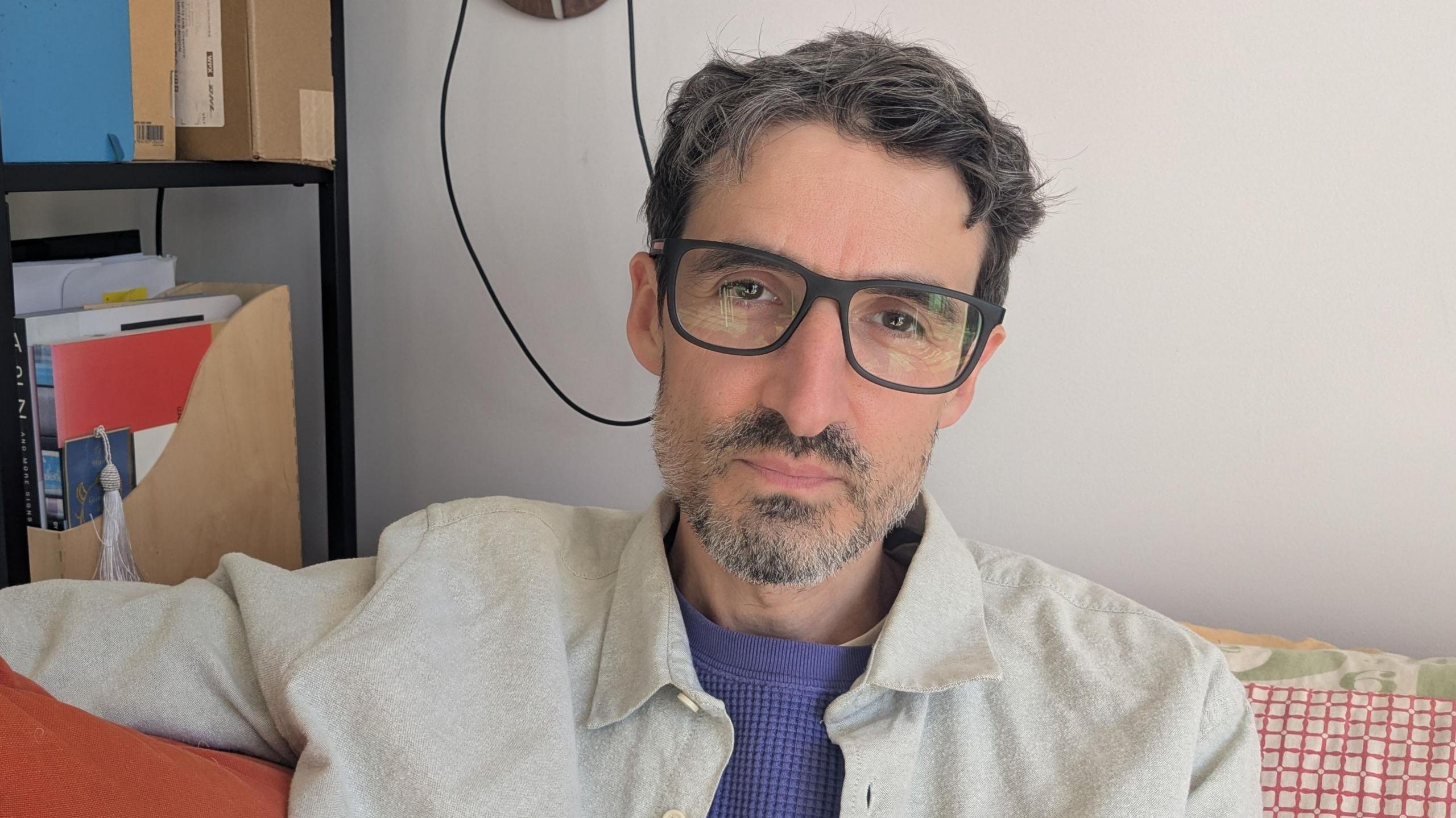
Huw Roberts releases ambient music under the name Hidden Rivers and says it is "a way for me to kind of just go somewhere else for a bit"
This fascination for the serene led to Huw starting Serein as an internet-based label in 2005.
An early success for the label was a collaboration between Huw and his friend Otto Totland under the name Nest - a moody blend of harp, piano and unidentifiable noise, which quickly sold out on CD and vinyl.
"It just took off and I couldn't tell you why... It gave me the confidence to keep going."
Although Huw's music caters mostly for enthusiasts, in the wake of the pandemic, this slow contemplative music has found its way into the ears of millions.
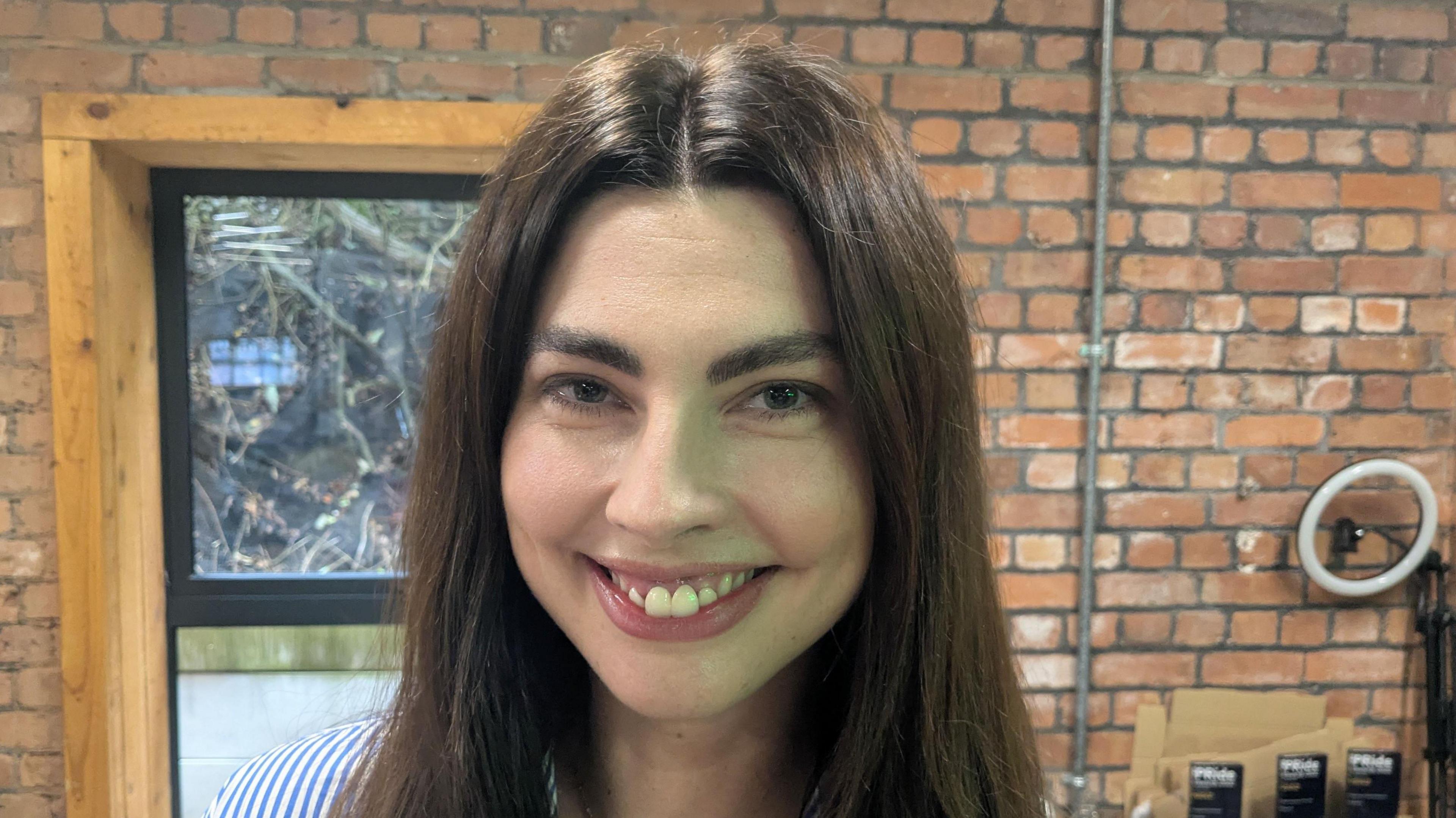
Sophie Harris listens to soundscapes inspired by Lord of the Rings
In a co-working space in Cardiff, employees from communications agency Equinox gather in-person every Wednesday to catch up.
All of them use ambient music in different capacities.
Associate director Sophie Harris uses a specific type to help her focus on writing.
"I like to go into Middle-earth when I'm working," she said, referring to YouTube channels that provide soundscapes inspired by the JRR Tolkien classic fantasy novel and film.
"You can choose different realms... so you might go into Gondor for the afternoon."
The 35-year-old is far from alone - a YouTube video called Middle-earth - Rivendell Music & Ambience has more than 22 million views.
"I've done it for years and years now - I think people find it less strange when I mention it these days."
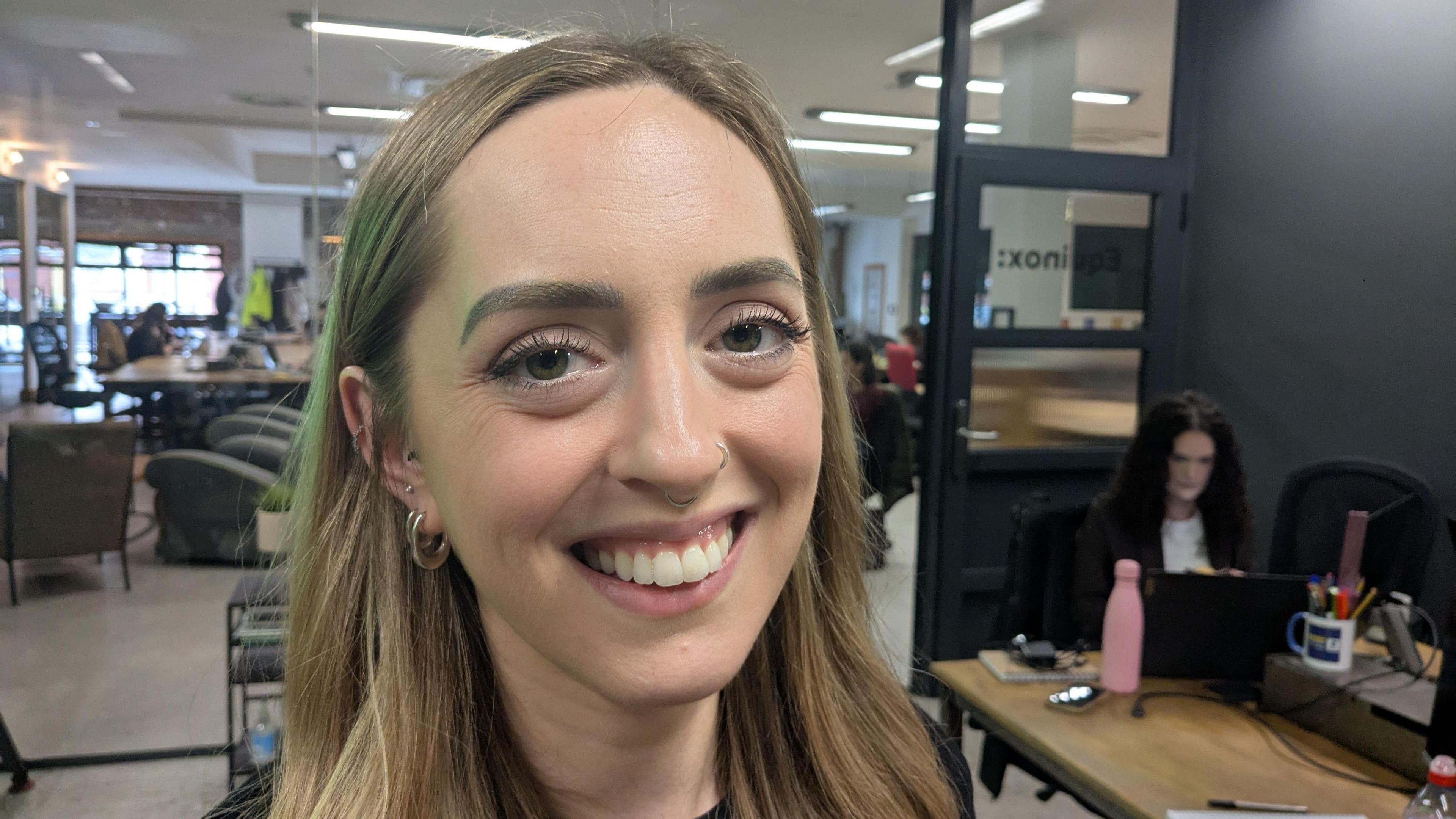
Caroline Hodges' favourite genre of music is drum and bass, but she listens to ambient music to unwind
Carys Williams, 22, started listening to ambient music while studying for her A-levels. Now, it's a daily part of her working life and helps her "switch off" from apps like Snapchat and Instagram.
"I listen to a playlist on Spotify called Peaceful Retreat. If I listen to music with lyrics in... I'll just start singing and dancing, I won't really be concentrating."
Carys's colleague, Caroline Hodges uses ambient music to help her relax at the end of the day and believes social media has had an impact on her ability to unwind.
"I've always liked having some sound to help me fall asleep. I've got all these thoughts that pop in my head, like 'I didn't put that wash on'.
"I do find it a little bit more difficult to quiet my mind now than I used to."
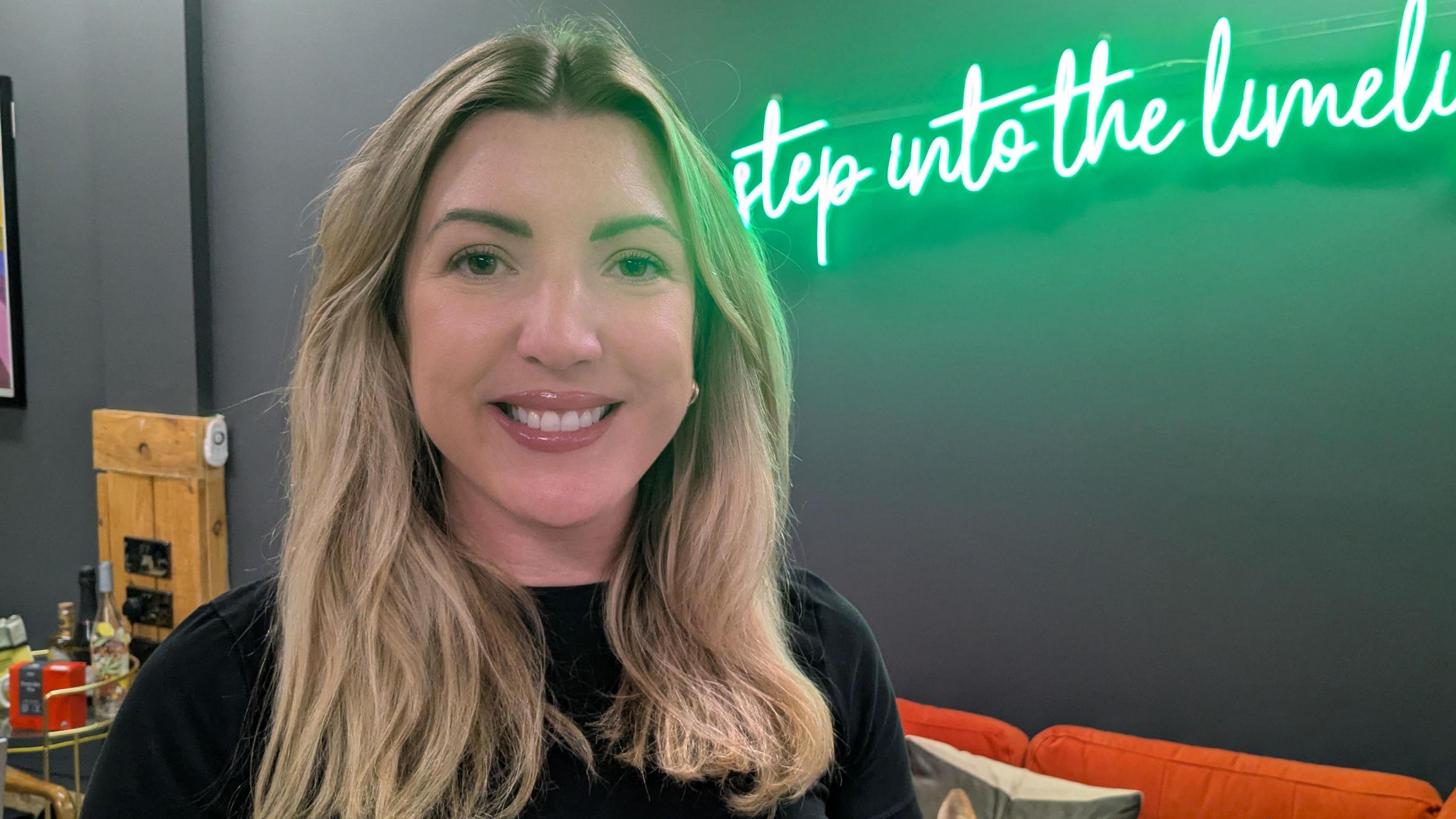
Helen Wild listens to "coffee shop ambience" on her headphones when working from home
Helen Wild, the managing director of the agency, is "really happy" for her team using ambient music while working.
Although, she admits, when she first started working at the agency "you would never, ever have had your headphones on in the office," because the team would be "answering the phones nonstop."
She now sees ambient music as a tool for to get into a creative headspace and "work in a more efficient way".
James Kilner, a professor of neuroscience at University College London, believes ambient music can afford people a "period of calm and reflection that potentially is missing in everyday life".
"We're constantly bombarded with lots of different types of stimuli" on our phones, but with ambient music, it is "a way just to basically allow yourself to stop".
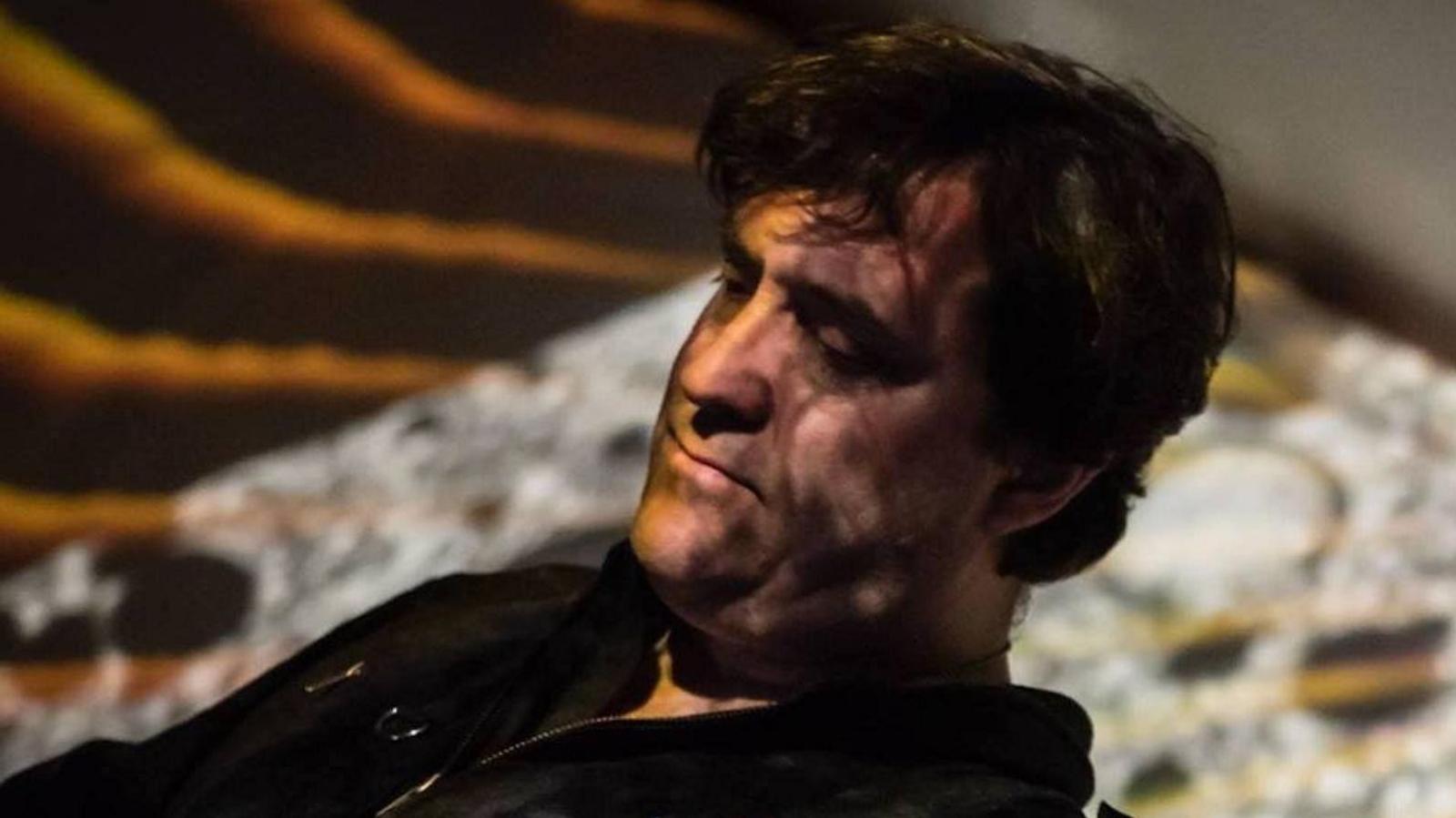
Richard Norris has seen chart success with dance tracks like "Swamp Thing"
Prof Kilner's professional interest in ambient music stems from his friendship with musician Richard Norris, who had chart success in the 1990s with records including Swamp Thing and Floatation, as part of electronic dance group The Grid.
Five years ago, Richard's focus shifted when he was disturbed by violent "altercations" going on outside his London flat.
"It felt quite unsafe for a while," said Richard, who decided to create a "safe sonic space" inside his studio by "recording very long ambient pieces".
He now gets "more engaged feedback" from fans of his ambient work "than any other type of music I made".
"People were coming back and saying this is really helping with depression or anxiety," he added.
For Copenhagen-based musician Sofie Birch, her ambient radio show has gone from playing established artists to submissions from across the world including "unreleased stuff" and "unfinished ideas".
She believes this demonstrates the "natural need" people have for "connecting with something more calm" and she no longer plays traditional records.
"I just play nice, weird stuff people are sending me."
- Published7 October
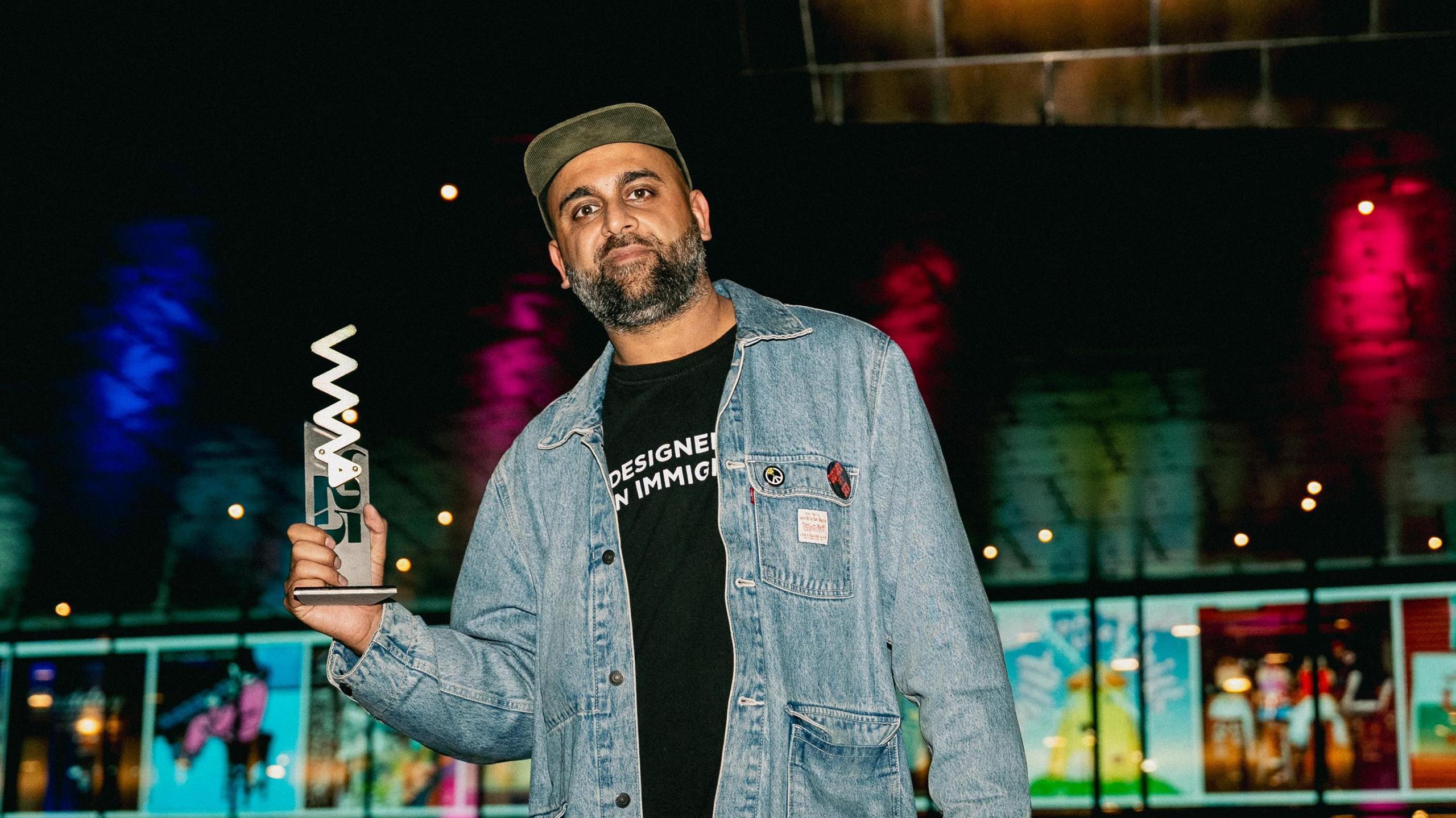
- Published29 March

- Published10 October
